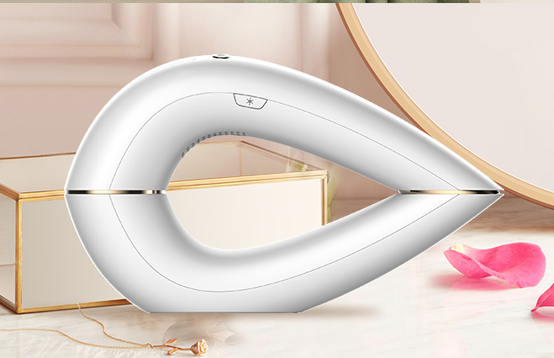Q&A: Expert Explains Best Way to Handle Your Ingrown Hair
You shave, hoping for smooth, soft skin. The next thing you know, little red bumps appear, ruining your perfect groom. Whether on your face, legs, bikini line or underarms, ingrown hairs are sometimes an annoying side effect of hair removal.
But ingrown hair isn’t inevitable.
Dortors answers some key questions and offers tips on how to prevent, recognize and manage ingrown hair, wherever it appears.
Q: What’s happening when you get ingrown hair?
A: When you remove hair from your body it sometimes grows in crooked or back into the skin. The hair becomes encapsulated within the hair follicle and causes a mild infection. This creates a red bump or mild inflammation in the area. It sometimes looks like acne with a “head” filled with pus.
Ingrown hairs are more likely to occur on the bikini line or in the underarm area. They are different from other bumps because you usually can see the dark hair inside the bump.

Q: What causes ingrown hair?
A: There are several products and practices that sometimes spark problems with ingrown hair:
Products that clog pores (deodorant or shaving blades with soap or conditioning strips)
Sweating without showering right away, particularly following a shave
Waxing, which causes irritation and sometimes creates inflammation when the hair returns
Constant shaving (like on men’s faces)
Shaving or tweezing hairs (often on the face) that are dark and course

Q: Does ingrown hair create lasting skin problems?
A. Ingrown hairs typically don’t cause any future problems. However, some people develop hyperpigmentation, or darkening of the skin. You can treat this with chemical peels or other skin-care regimens.
If you have a darker complexion, you likely will have more problems with scarring or marks left behind from ingrown hairs than those with lighter skin.
Q: What can you do to avoid the problem?
A. There’s no guaranteed way to prevent ingrown hair. But there are some things you can do to increase your chances of keeping it at bay:
Shave on clean, dry skin with a single blade or try dermablading (a mini peel that exfoliates the top layer of your skin).
Steam hair follicles in the shower to open them before shaving.
Shave with the grain of the hair instead of against it.
Exfoliate and reduce oil with products like salicylic acid or beta hydroxyls to clear pores.

Q: Should you try to pull out ingrown hair?
A: Contrary to popular belief, you shouldn’t yank out ingrown hair. If there is pus, there is a slight infection. So keep the area clean and dry and avoid shaving there until it clears up.
If, however, you have ingrown hair that recurs frequently, creates hyperpigmentation (particularly on the face), or feels like a deeper or worsening sore, consult with a skincare professional for treatment options.

 EN
EN  ES
ES PT
PT SV
SV DE
DE TR
TR FR
FR


